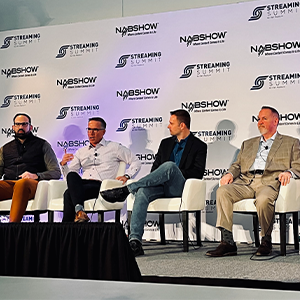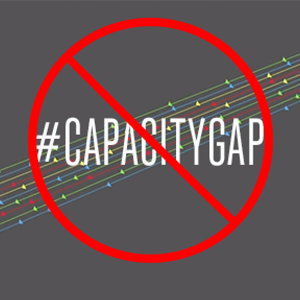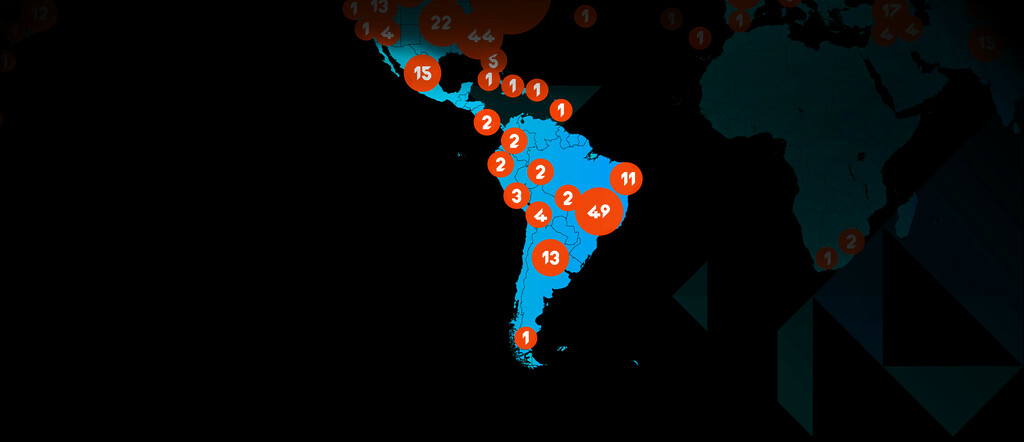
The Open Architecture Choice for Online Video Caching

Yes, online video is rolling in like a force of nature today – a force of such magnitude that conventional thinking will not be sufficient to deal with the problem. Network operators face a daunting task as they prepare their networks for the future of streaming video. This is a deeply challenging network problem as operators try to cost effectively build capacity while improving quality of experience.
The case for caching has been thoughtfully articulated. Caching is now a mandatory part of the solution – as GigaOm declares “Push Everything to the Edge”. In our experience through engagements and deployments with operators around the world, there is broad agreement that caching video content close to the consumer is an essential part of the overall strategy to deal with the online video problem. However, what’s missing from this conversation is the choice in caching architecture that must be made along the way.
The notion that there is a choice in caching architecture is often obscured today based on the ongoing deployment of content-specific caches. These closed and proprietary caches handle popular video traffic but solve the problem for only one content provider at a time. A recent post by the Google Fiber Team describes their support for various closed cache systems but does not address the option to deploy an open cache architecture which would benefit all content providers and consumers. Of course, in this very unique case in which the ISP is also a content provider with a closed cache, they have made a perfectly understandable choice between open and closed cache systems.
In contrast, we are encouraging and amplifying the conversation about open vs closed architecture for caching content in operator networks. Alon Maor, Qwilt CEO, has posted an excellent article in GigaOm in which he contrasts today’s online video architecture which strains operators networks with a new architecture in which popular video content is distributed through a universal, transparent and neutral cache from inside the operator network and close to consumers.
We are in the midst of a transition in which open caching of content will become part of the core network infrastructure just as routers and switches are core today. And, when it comes to infrastructure, open beats closed. We have the open Internet, TCP/IP, routing and switching as shining examples of how open technology as infrastructure can benefit operators, industry and, most importantly, consumers.
As Alon states, “Network Operators have a strategic choice in terms of how they prepare their networks for the future of streaming video.”
The open caching architecture is the vastly superior choice for operators who need to build a cost effective, neutral and high performance infrastructure that addresses a future in which the content provider landscape is both diverse and dynamic.
We’re at a critical point in the development of infrastructure to support the future of online video. The choices we make today, between open and closed systems, will profoundly impact the consumer experience of tomorrow.
Ready to take the next step?
We have a team of content delivery experts ready to answer your questions.
Related resources

Event
Future of Video 2023

Event
SportsPro OTT Summit 2022

Blog
Optimizing OTT Delivery – Perspective After the Streaming Summit at NAB

Blog




